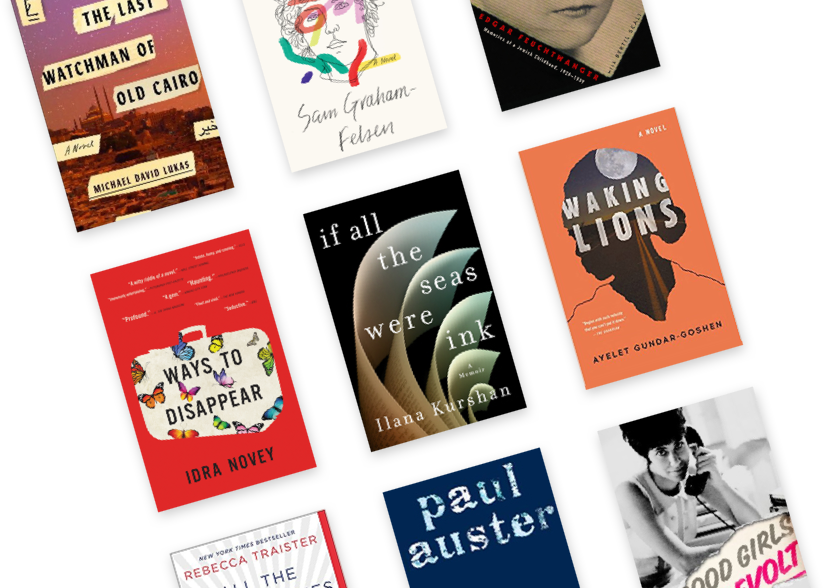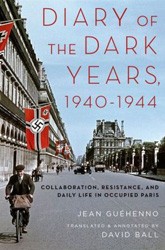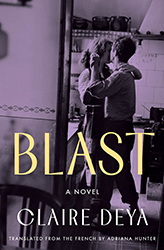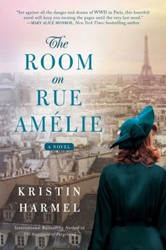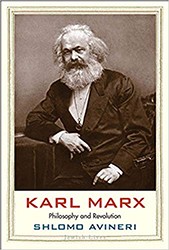On June 10, 1940, surrounded by German forces, Paris was declared an open city to save the metropolis from damage by bombs and artillery fire. The French faced two options: to go along with the German occupation, or to resist. Resistance took many forms, but one of the most unusual was that taken by Rose Valland, a curator at the Jeu de Paume museum, who appointed herself the guardian of France’s art heritage and did everything possible to delay and stop the looting of art that was going on all around her.
In The Art Spy, Michelle Young tells the long-overlooked story of Valland and her work spying on the Germans, keeping records of all the art collections that were stolen, and where those works went. Young interlaces Valland’s story with that of Paul Rosenberg’s family, including his son, Alexandre Rosenberg, one of the most famous and wealthiest art dealers in Paris, with a gallery that showed works by Picasso, Braque, Matisse, Degas, Renoir, Van Gogh, Monet, Cezanne, and manyother modern artists. Paul escaped to America, but he lost not only the art left in his gallery in Paris, but his house and all of its furnishings and art. Alexandre joined the Free French forces and was among those who liberated Paris. Valland recorded the Germans’ theft of the Rosenberg collection and those of other Jewish art dealers and collectors, including the Rothschilds.
Valland’s work brought her into contact with high-ranking Nazis like Reichsmarschall Herman Göring, who confiscated art for his own collection, and Kurt von Behr and Bruno Lohse, who were in charge of stealing works for Hitler’s planned Führermuseum in Linz, Austria, his birthplace. She secretly worked against the Germans in any way she possibly could, often risking her life to do so. In addition to keeping records of the stolen art, she documented the destruction of “decadent art” by the Germans and urged fellow workers to make “mistakes” to slow down the packing and shipping process.
At the end of the war, as the Free French moved to liberate Paris, Rose joined with the Resistance to prevent a train loaded with stolen art from reaching Germany. This story was later made into the movie The Train, starring Burt Lancaster. Valland’s story deserves to be told and Young has done a meticulous job of researching and writing this book.
Jill S. Beerman grew up in New Jersey and attended Montclair State University. She has a doctorate in American Studies from New York University. She taught high school and college for twenty-five years.

